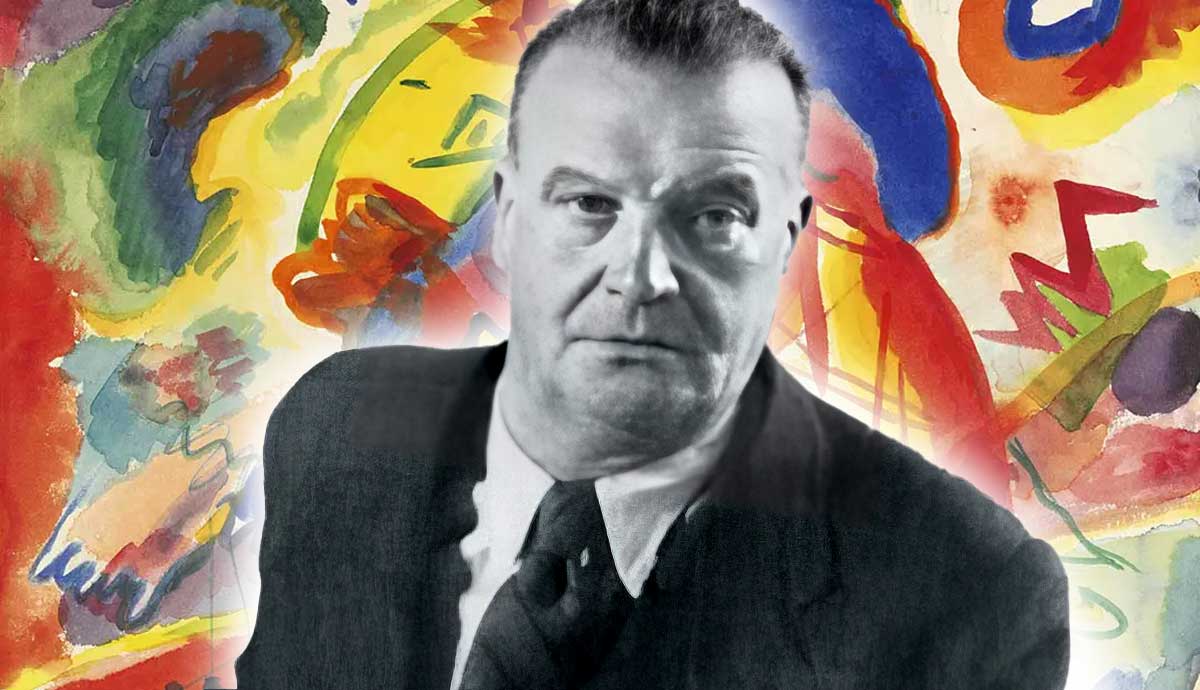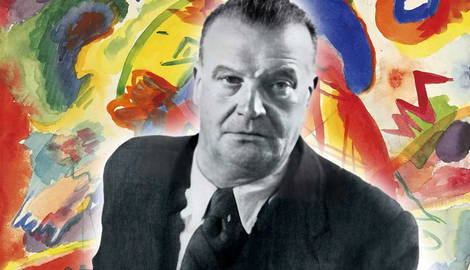
Expressionism was a profoundly influential art movement that emerged during the early 20th century, during a time of momentous societal change. The Enlightenment and the industrial Revolution led to widespread feelings of alienation and disconnection with the world, along with a loss of spirituality and hope. Artists responded to these unstable and shifting circumstances with a series of crude, raw artworks which moved away from the representation of the real world towards the personal expression of psychological and emotional states of mind. The movement is often marked as the advent of modern art, as it signaled a move towards personal freedom and individual expression which is still influencing contemporary art practices today. We take a look through the movement’s key characteristics, and how it came to be known as Expressionism.
The Term Expressionism Was Coined by Art Historian Antonin Matejcek

Expressionism lasted from around 1905 to 1920, beginning in Germany and spreading throughout Europe. But it wasn’t until 1910 that the term was first coined by Czech art historian Antonin Matejcek, who observed how various groups of artists were moving away from Impressionism’s real-world observations towards deeply personal, imaginative and expressive forms of making that evoked the artist’s individual state of mind. He noted how the Expressionists were painting harsh, aggressive and sometimes psychologically disturbing visions, filtering the real world through their own emotionally fraught lens.
Expressionism Revealed Inner States of Mind

Artists who paved the way for Expressionism include the post-Impressionist painters Vincent van Gogh, Paul Gauguin, Gustave Klimt and Edvard Munch, along with the French Fauvist painters Henri Matisse, Maurice De Vlaminck and Andre Derain. They all broke with the tradition for art as a tool for representing the real world, instead using their art as a means of expressing strong emotions, or inner turmoil with heightened colors, elongated forms and textured or patterned brushstrokes. However, the beginning of Expressionism as a bona fide art movement is often traced back to a core group of German artists from Dresden who later became known as the German Expressionists.

They were the four German architecture students Ernst Ludwig Kirchner, Fritz Bleyl, Erich Heckel and Karl Schmidt-Rottluff, who called themselves Die Brucke (meaning the Bridge). They took their group’s name from a shared desire to look back to earlier, pre-academic art forms such as African masks and wood carvings in order to find an authentic means of expression. Together they invented a new way of painting with stylized angular forms and angry, discordant colors, a style that reflected their growing dissatisfaction, discomfort and malaise with the gritty, messy nature of the modern world.
Expressionism Equaled Artistic Freedom

Another prominent group of artists associated with Expressionism were Der Blaue Reiter (the Blue Rider), a group of revolutionaries including Wassily Kandinsky and Franz Marc, who sought ways of freeing their art from the constraints of representation with vivid, symphonic color combinations and an increasingly abstract language. Kandinsky was one of the first artists to take Expressionism towards complete abstraction. Meanwhile, expressionist artists in France included Georges Rouault, Chaim Soutine and Marc Chagall, and in Austria, Oskar Kokoschka and Egon Schiele.
Expressive Marks

Expressive mark-making was the unifying feature in all strands of Expressionism. It was through working with looser, fluid and improvisational marks that artists of varying styles and approaches were able to divorce their art from the real world, and to instead find a means of bringing their inner emotions outwards for the world to see. This loosening of mark making was to have profound implications in the history of art, paving the way for pure abstraction, and a whole series of seismic art movements including Abstract Expressionism, Neo-Expressionism, Arte Povera and the School of London.










